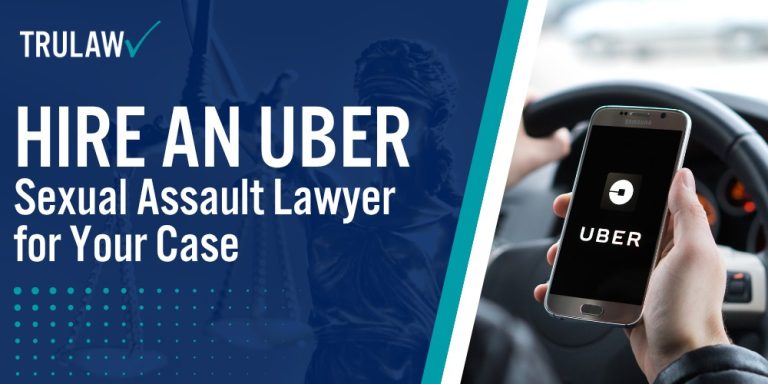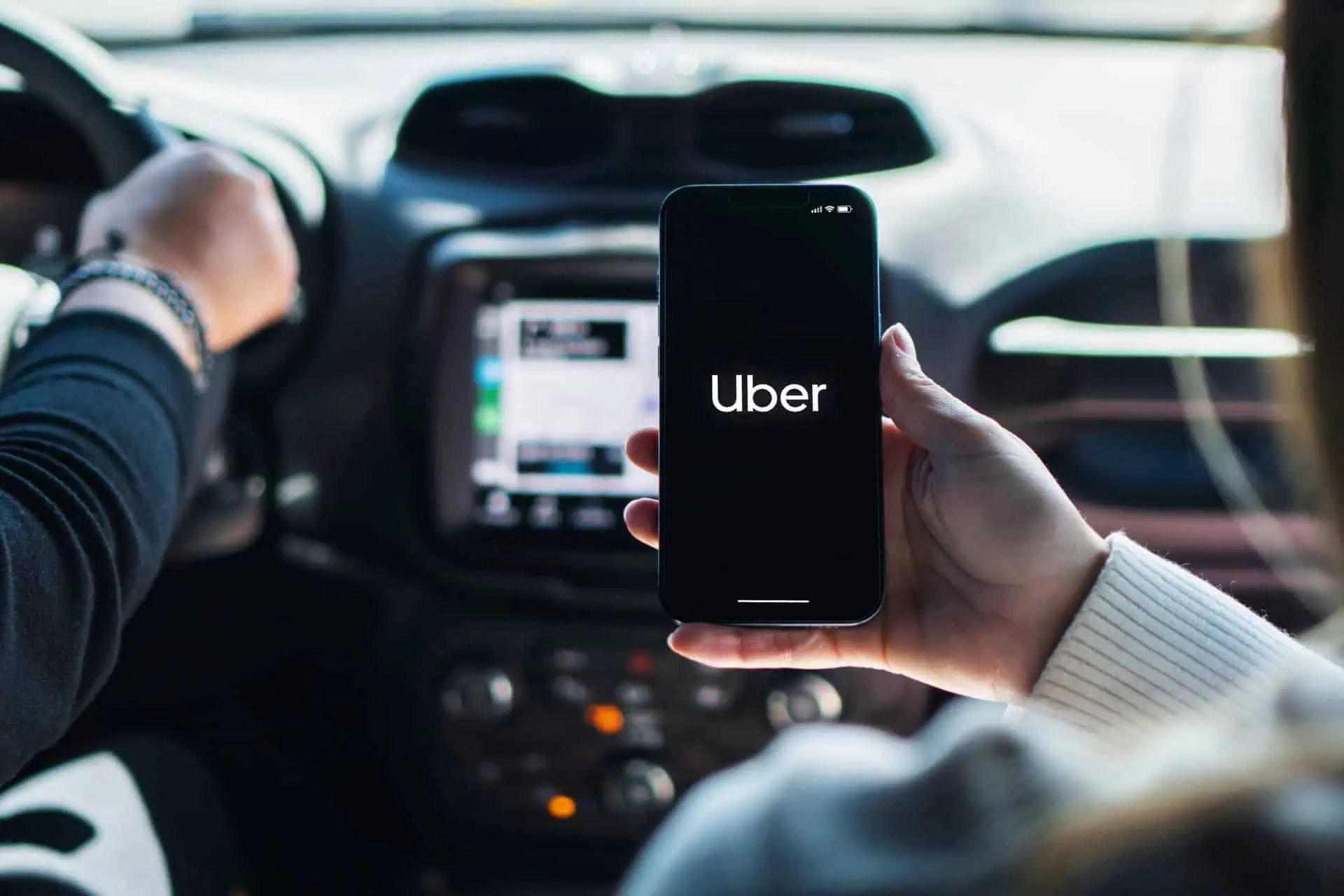Uber faces one of the largest waves of sexual assault litigation in U.S. history, while lyft sexual assault lawyers handle similar cases against the competing rideshare platform.
Court documents under seal disclosed that Uber logged more than 400,000 incidents of sexual assault and misconduct complaints during a five-year span from 2017 through 2022—averaging roughly one complaint every eight minutes.
This staggering figure dwarfs the 12,522 “serious” reported assaults the company publicly disclosed during the same period.
The disparity between Uber’s public safety claims and the reality uber sexual assault victims face came to light through litigation and investigative journalism.
While Uber marketed itself as one of the safest transportation options and emphasized that 99.9% of trips occur without incident, the company’s internal documents tell a different story.
An internal company memo from 2021 discussing worldwide safety protocols indicated that Uber’s objective was not to function as law enforcement, but rather to establish acceptable risk thresholds for business operations while safeguarding corporate interests.
The memo stated:
“Our purpose/goal is not to be the police. Our bar is much lower, and our goal is to protect the company and set the tolerable risk level for our operations.”
The scale of this problem extends beyond numbers, affecting rideshare sexual assault victims across multiple platforms.
Women comprise 81% of victims in reported rape cases, and riders account for the majority of those victimized.
As of September 2025, more than 2,583 federal uber lawsuits are pending in multidistrict litigation, with an additional 700+ cases proceeding in California state court.
These numbers continue to rise as more survivors come forward to hold Uber accountable.
If you or a loved one experienced sexual assault by an Uber driver and suffered physical or psychological harm, you may be eligible to seek compensation.
Contact TruLaw using the chat on this page to receive an instant case evaluation and determine whether you qualify to join others in filing an Uber Sexual Assault Lawsuit today.
Types of Sexual Assault and Misconduct in Uber Rides
Sexual assault and misconduct in Uber vehicles spans a wide spectrum of unwanted conduct, from inappropriate behavior to criminal acts.
Uber’s safety reports document five categories of incidents, listed from least to most severe:
- Non-consensual kissing of non-sexual body parts: Unwanted kissing on the face, hands, or other non-sexual areas without permission.
- Attempted non-consensual sexual penetration: Actions taken toward committing rape that were interrupted or unsuccessful.
- Non-consensual touching sexual body parts: The most frequently reported category, with 1,440-1,560 cases annually. This includes unwanted groping, fondling, or touching of a sexual body part such as breasts, buttocks, genitals, or other intimate areas.
- Non-consensual kissing of sexual body parts: Forced or unwanted kissing of breasts, genitals, or other intimate areas.
- Non-consensual sexual penetration: Rape involving vaginal, anal, or oral penetration without consent. Uber recorded 229-388 such cases annually across its safety reports.
All forms of sexual assault and misconduct qualify for legal action, including cases involving physical assault beyond sexual violence.
Whether you experienced verbal harassment, unwanted touching, attempted assault, or rape, any unwanted sexual contact or behavior from an Uber driver constitutes grounds for a civil lawsuit.
The psychological impact of these violations including anxiety, depression, PTSD, and loss of trust deserves recognition and compensation.
Learning about these categories helps survivors identify their experiences as assault when they may have minimized what happened to them.
You don’t need to have experienced the most severe category to have a valid rideshare sexual assault claim.
Any violation of your bodily autonomy and safety by an Uber driver warrants legal action.
For more information about sexual assault definitions and survivor resources, visit RAINN (Rape, Abuse & Incest National Network).
How Uber’s Safety Failures Enable Predatory Drivers
Uber’s documented safety failures created an environment that allowed sexual predators to access passengers.
The company prioritized rapid expansion and profitability over passenger safety, implementing background check processes designed for quick driver approvals rather than thorough vetting. These failures prompted rideshare sexual assault lawsuits across the industry.
The background check system screens for convictions rather than arrests, allowing drivers with violent criminal histories to pass screening if they avoided conviction.
This approach enabled predators like Felix Torres in Fort Myers to become an Uber driver despite having arrests for armed robbery and breaking and entering.
Torres later raped a passenger in 2022 and was sentenced to life in prison.
In another case, Anthony Oliveras-Rivera in Tampa passed Uber’s background check despite a 2002 felony conviction for drug possession and first-degree robbery with a firearm in New York, along with numerous driving violations.
Uber’s knowledge of safety issues dates back to 2014, yet the company failed to implement meaningful protective safety measures.
Internal documents show that Uber studied patterns in sexual assault cases for years and tested tools that could have made rides safer including cameras in vehicles, algorithms that predicted high-risk matches between drivers and passengers, and a program to pair female passengers with female drivers.
However, the company repeatedly chose not to implement these safeguards when they threatened its business model or profitability.
The company’s contractor-based model, which classifies uber drivers as independent contractors rather than employees, allowed Uber to avoid the costs and oversight associated with traditional employment.
This hands-off approach meant minimal supervision of drivers and no requirement to follow standard labor rules that might have protected passengers.
Data from the Government Accountability Office (GAO) report on rideshare safety indicates that available data “cannot fully describe the extent of assaults” in rideshare services, highlighting systemic gaps in safety oversight.


